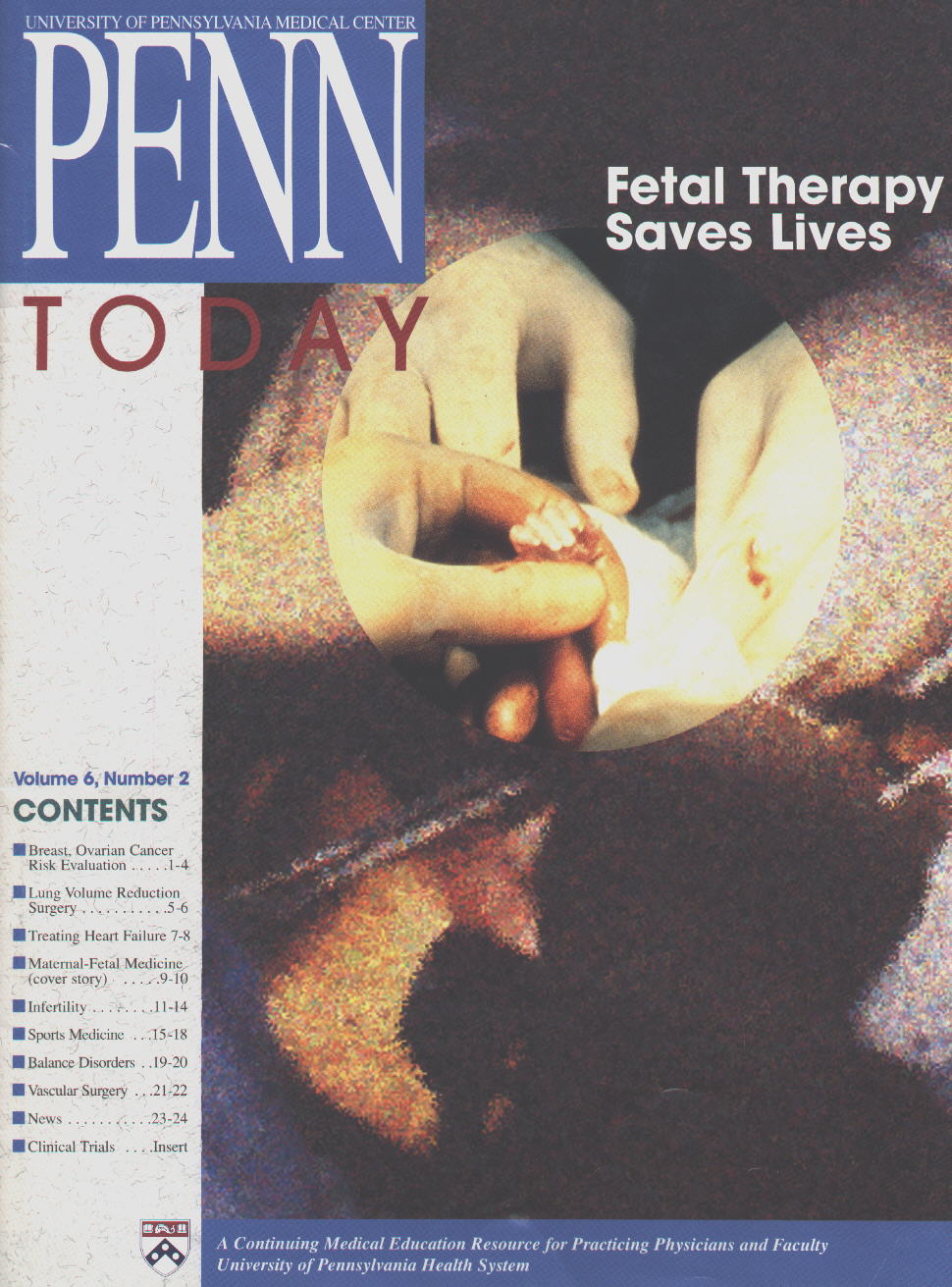
The most valuable and widely applied technique for evaluation of the human fetus is ultrasonography, which can be useful from the first few weeks of gestation until the time just before birth.
Every year a greater number of pregnant woman are offered an ultrasound scan at approximately 18 weeks of pregnancy. The scan incorporates a detailed anatomical survey of the fetus, and if it includes at least a four chamber view, it is an excellent opportunity to detect most forms of congenital heart diseases [2]. Unfortunately in most cases, obstetricians and primary care physicians are unable to appropriately analyze views of the heart. Unless malformations are obvious, the patients are not referred to cardiologist.
The goal for our project is to develop computer tools to support the process of detection of congenital heart abnormalities by noncardiologists.
[1] Adzick N.S., Ballard R., Crombleholmne T.M., Forouzan I., Graham E., Morgan M.A., Rose N.C., Fetal Therapy Saves Lives. Penn Today 1996: 9-10.
[2] Huhta J.C., Rotondo K.M., Fetal Echocardiography. Seminars in Roentgenology, Vol. XXVI; 1991: 5-11.